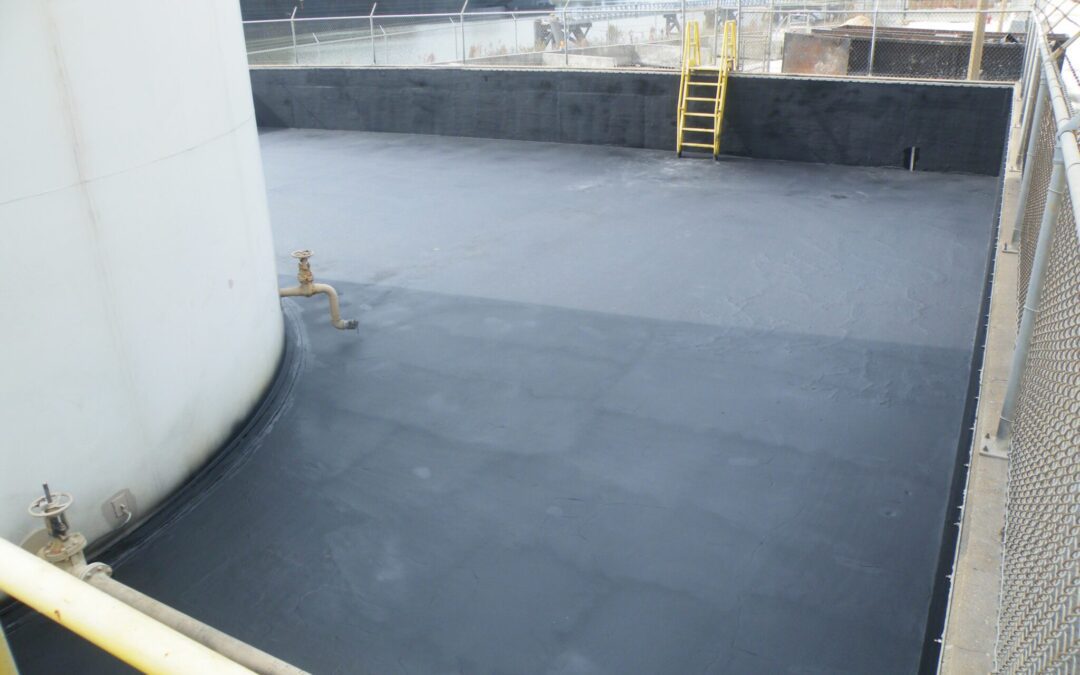That’s a question we get asked a lot! We all agree, fixing leaks (or breaches) in secondary containment tanks is important to prevent environmental damage and comply with regulations. The best ways to fix secondary containment tank leaks depend on the size and location of the leak, the type of material the tank is made of, and other factors. Here are some general tips:
- ID the source of the leak: Before fixing the leak, it’s important to determine its source. This can be done by visually inspecting the tank and the surrounding area or by using various leak detection methods such as ultrasonic testing or tracer gas.
- Determine the severity of the leak: Once the source of the leak is identified, it’s important to determine the severity of the leak. This can be done by measuring the volume of the leak, the rate at which it’s leaking, and the potential impact of the leak on the environment.
- Decide on the best repair method: The repair method used will depend on the severity and location of the leak. Some common repair methods include patching the leak with a polyurea sealant or epoxy, welding, or replacing the damaged section of the tank.
- Test the repair: Once the repair is completed, it’s important to test the tank to ensure that the leak has been fixed. This can be done by performing a hydrostatic test or by using other leak detection methods.
- Maintain the tank: To prevent future leaks, it’s important to maintain the tank properly. This includes regular inspections, cleaning, and repair of any damage or wear and tear.
Is epoxy better than polyurea in repairing secondary containment tanks?
Both epoxy and polyurea can be effective materials for repairing secondary containment tanks, but the choice between the two depends on several factors.
Epoxy is a two-part system consisting of a resin and hardener that when mixed together creates a strong, adhesive bond. It is commonly used for tank repair because of its high strength, durability, and chemical resistance. It can also be applied to a wide variety of surfaces, including metal, concrete, and fiberglass. Epoxy is a good choice for small to medium-sized leaks or cracks, but it may not be suitable for large or complex repairs.
Polyurea is a spray-applied elastomeric coating that can create a seamless and flexible membrane. It is known for its quick cure time and excellent resistance to chemical and mechanical damage. It can also be applied to a wide range of surfaces and can be used to repair leaks, cracks, and other damage. Polyurea is a good choice for larger or more complex repairs, especially where rapid curing is required.
In general, the choice between epoxy and polyurea depends on the specific requirements of the repair. For example, if the leak is small and localized, epoxy may be the best choice. On the other hand, if the leak is larger or more complex, polyurea may be a better option. Also, the choice may depend on factors such as the tank material, the type of chemicals stored in the tank, and the desired level of chemical resistance. Ultimately, it is best to consult with a professional (like Southern Industrial Linings) who can assess the situation and recommend the best repair method for your specific needs.


